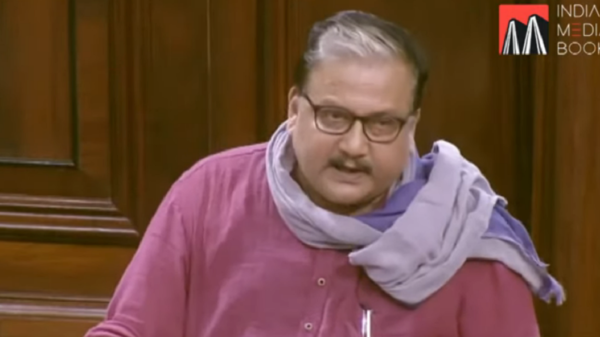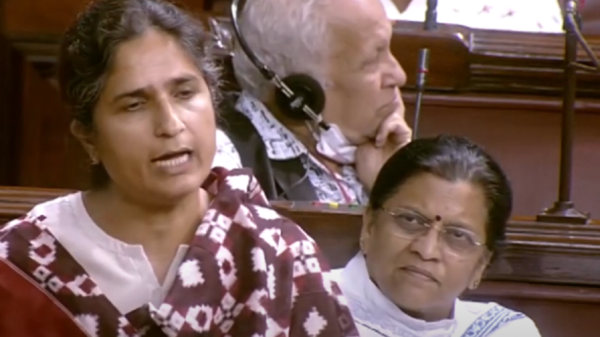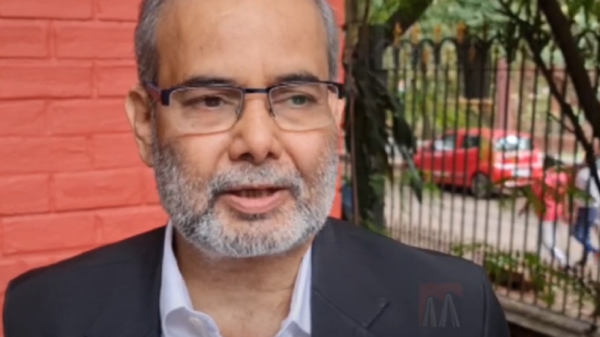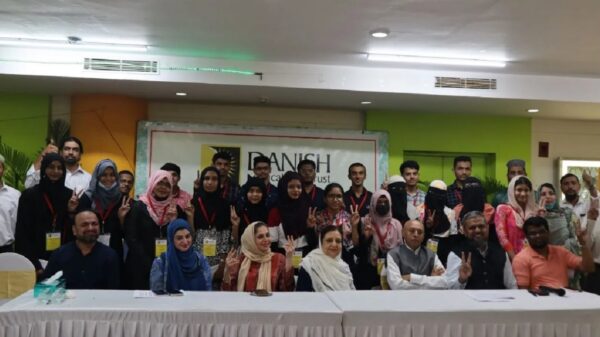The Indian economy is passing through a phase of economic slowdown, with the GDP growth registering one of the lowest rates of 5.8 per cent in the last quarter of FY19. The GDP growth rate for the first quarter of FY20 is feared to be lower than 5.8 per cent. While there is a consensus that the economy is slowing down, the debate is still going on whether the slowdown is structural or cyclical.
In simple words, a cyclical economic slowdown is a part of the business cycle having its peaks and troughs. The economy will be moving in cycles with periods of peak performance followed by a downturn and then a trough of low activity. These are expected to be short-term problems that could be addressed with an adequate mix of fiscal and monetary policies.
On the other hand, sometimes the problems of the economy can go deeper, impeding the efficient and fair production of goods and services. In such a scenario, a monetary and fiscal stimulus won”t be enough to revive the economy. Fixing such problems would require the government to undertake some structural policies. The best example in this regard would be the reforms that were carried out to address the crisis in 1991.
Now, the question is whether the Indian economy requires structural policies or a stimulus package through monetary and fiscal policy. We can analyse the performance of various indicators that would help us in assessing whether the slowdown is cyclical or structural. The economic growth of any country is driven by a virtuous cycle of savings, investment and exports. Of all the three, investment is considered to be the key driver of growth. To quote the Economic Survey (2019), investment, especially private investment, is the ”key driver” that drives demand, creates capacity, increases labour productivity, introduces new technology, allows creative destruction, and generates jobs.
The investment rate as measured by Gross Fixed Capital Formation (GFCF) as a per cent of GDP is showing a declining trend. GFCF as a per cent of GDP has declined from 34.3 per cent in 2011 to 28.8 per cent in 2018. Similarly, if we consider the GFCF in the private sector, it declined from 26.9 per cent in 2011 to 21.4 per cent in 2018. Likewise, the new investment projects that were announced in 2011 stood at 5,882, whereas it declined to 3,708 in 2018. On the other hand, the investment projects that were dropped off in 2011 were 945 and it increased to 2,142 in 2018.
A similar declining trend is also evident in the case of gross domestic savings as a per cent of GDP. It declined from 32.7 per cent in 2011 to 29.3 per cent in 2018. During the same period, exports as a per cent of GDP also declined from 24.5 per cent to 19.6 per cent. Thus, the performance of all the three indicators considered to be the major ingredients of a growth story was not satisfactory.
Another major area of concern that is also contributing to the declining savings in the economy is wage growth. The economy is experiencing a declining wage growth (both rural and urban wages). Rural wage growth has declined from 27.7 per cent in FY14 to less than 5 per cent in FY19. The corporate wages have also exhibited a single-digit growth in FY19 compared to a double-digit growth a few years back. The declining wages could also lead to a slowdown in consumption, which is what the economy is experiencing now.
All the sectors, especially the auto sector, is passing through a crisis like situation due to the declining sales. The declining sales and piling inventories are forcing companies to cut down production. The cutting down of production can have repercussions in the job market. For instance, the unemployment rate was 5.6 per cent in July 2018, whereas in July 2019 it was 7.5 per cent.
Further, the inflation rate in the economy has declined from 10.03 per cent in FY13 to 3.41 per cent in FY19. The low inflation rate would be a relief to the consumers, but a prolonged period of falling prices is not good news for the economy. Low inflation rate depicts weakening of demand that would discourage fresh investments and job creation.
The slowdown in the economy was further aggravated by the NBFC crisis triggered by the IL&FS default. The NBFC crisis led to a liquidity crunch that further worsened the situation in the economy. Liquidity crisis negatively affected the companies that were plaguing with lower sales. For instance, according to the letter written by the SIAM to the Finance Ministry, 70 per cent of two-wheeler sales and 60 per cent of commercial vehicles sales are financed by the NBFCs.
Considering the performance of the above indicators, it could be inferred that the slowdown in the economy is more than a cyclical one. The structural factors contributing to the slowdown is evident from the fact that the successive rate cuts by the Central Bank have not yielded the desired results. The limited fiscal space prevented the government from announcing any stimulus package in the budget. However, even if the government had gone for a fiscal stimulus it could have only a limited impact in addressing the present crisis.
The liquidity crisis in the economy could be a cyclical issue, and the policy response from the RBI and the government would help in addressing the issue. Nevertheless, the IL&FS default was also a result of the delay in the rolling out of various infrastructure projects. The situation calls for simplification of the land acquisition laws in the country. The IL&FS crisis indicates that the country requires more reforms.
Though the present situation in India is not similar to that in 1991, the slowdown is indeed worrying. There is a need to unleash a fresh set of reforms that would help India to achieve the target of a $5 trillion economy.
(IANS)








































